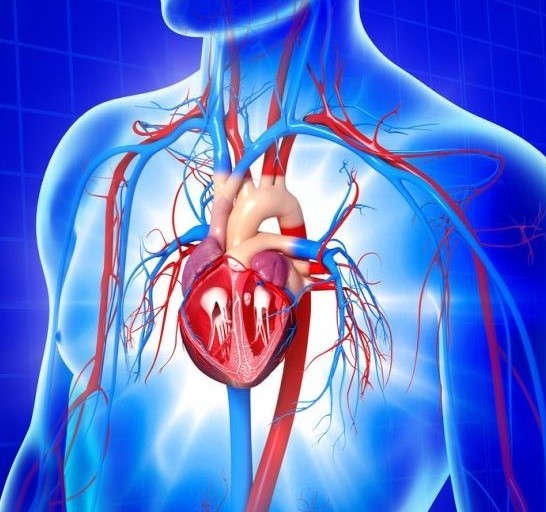Assessing Nutritional Deficiencies and Health Risks with the Heart Sound Recorder
 The heart is the most important muscle in the body. Every day it beats 100,000 times, sending 2,000 gallons of blood through 60,000 miles of blood vessels. To function optimally, it is vital the heart has the proper nutritional balance to maintain it's correct rate, rhythm, and tone.
The heart is the most important muscle in the body. Every day it beats 100,000 times, sending 2,000 gallons of blood through 60,000 miles of blood vessels. To function optimally, it is vital the heart has the proper nutritional balance to maintain it's correct rate, rhythm, and tone.
The Heart Sound Recorder (HSR) is a modern digital version of the Endocardiograph, an instrument designed in 1934 by Dr. Royal Lee, a great American inventor. It observes the heart's sounds and motions which gives practitioners insight into how well the heart is functioning.
The HSR is a non-invasive technology that includes a specialized microphone which is placed over the four valves of the heart. The rate, rhythm, and tone of each of the four valves is recorded to create a graph which is observed and evaluated by the practitioner. Certain types of heart stressors can be seen by analyzing the rate, rhythm and tone of the heart cycle, i.e. chemical, nutritional and emotional.
Practitioners offer informed suggestions which can be monitored by observing changes of the frequency, ratio, amplitude and characteristics of the heart’s waveform. Comparison graphs can then help determine the effectiveness of actions taken to improve the quality of one's life.
Since the heart absorbs nutrients very quickly, when proper nutrition is supplied to the body, the improvement of the heart is reflected in subsequent graphs, often within minutes. The Heart Sound Recorder can therefore be an important tool in evaluating your overall health and monitoring the progress you are making when under proper nutritional care.
Rate
Your autonomic nervous system controls the rate at which your heart beats. This part of the nervous system has two parts. One side is the sympathetic, managing your "fight or flight" response, which can accelerate your heart rate. The other side, the parasympathetic, manages your "rest and digest" response, which can slow your heart rate. An optimal healthy heart has a dynamic balance between the two.
Rhythm
The rhythm of your heart sound shows a specific work to rest ratio on the graph. Your heart should be resting twice as long as it is working. Observations are made to see if your heart is working too hard, or not working hard enough.
Tone
The tone of your heart refers to the strength of the ventricles as they push blood through your body. The height and the width of the first and second sounds, also known as "lub-dub" is the sound your heart makes on the graph. This shows how efficiently your heart is pushing blood through your body and refilling to prepare for the next cardiac cycle.